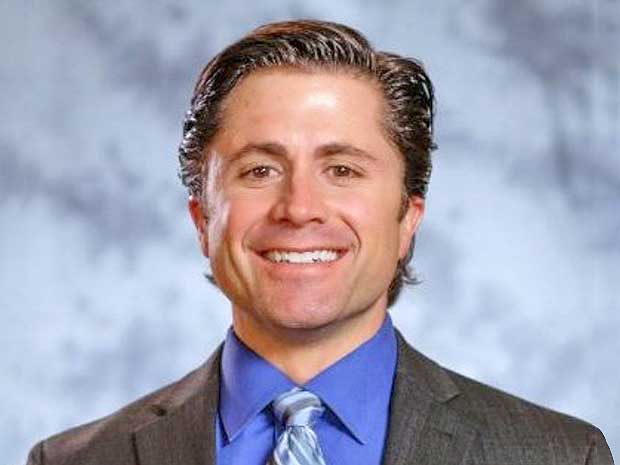Firms must view investments in technology as a pivotal part of the business rather than an unpleasant expense.
Successful firms aren’t simply enabled by technology—they’re driven by it. Leading firms are leveraging new technologies to provide training and skills-based learning to enhance employee understanding of economics, artificial intelligence/machine learning, critical thinking and data analytics, to name a few areas. Professionals who can work with and complement machines and tech applications will be better positioned to deliver a higher level of service and enhance customer experiences.
Firms can’t forget that technology adoption takes time, as does training employees. Extra time spent in the adoption or use of technology is time wasted. The development of a digital evolution road map that provides direction and alignment with the priorities of the business is critical to success.
A road map guides a firm forward, making the process manageable by spreading out investment and training over multiple years. Firms must ensure their road map fits within the business strategy, working it into the change management plan. Road maps help avoid silos, which are huge risks to a firm’s efficiency and digital security.
When technology is adopted well and done right, it can help accelerate a firm’s efficiency and improve the culture and talent experience. Firms that don’t embrace technology will not only lose out on gains in efficiency, but also fall behind their competition.
“Embracing technology is how you can compete in a tight labor market,” King says. “If you minimize the amount of time it takes to do administrative tasks, it makes employees’ lives easier and gives them a better work-life balance.”






